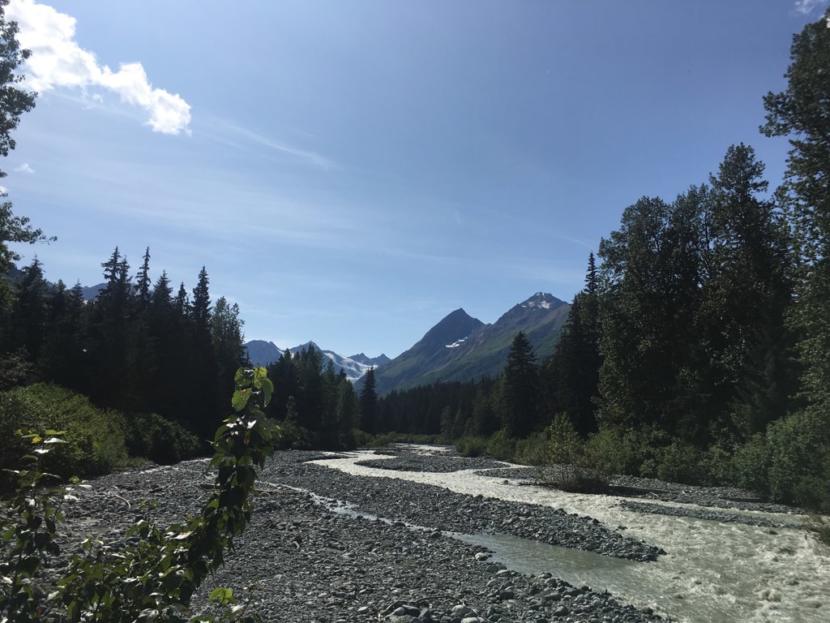
The Supreme Court ruled last week that the Clean Water Act applies to pollutants that reach protected waters, even from a distance. Conservationists say it’s a win for clean water. It could mean stricter permitting is required for Constantine Metal Resources’ expansion plans for a mine project near Haines. But, state regulators remain tight-lipped about what might happen next.
Conservation groups have been waiting on the outcome of the federal case County of Maui v. Hawaii Wildlife Fund to see how far the Clean Water Act goes.
Hawaii Wildlife argued that even if someone pumps polluted water into the ground, they’re responsible for where it ends up. And if it ends up in surface waters, like the ocean, it’s regulated by the national Clean Water Act. Six out of nine justices agreed, and closed what some called a loophole in the law.
“This decision is important to us here in the Chilkat Valley, but it’s also important across the country,” said Shannon Donahue, the Upper Lynn Canal Organizer for Southeast Alaska Conservation Council (SEACC).
The decision is important to her because she wants the copper-silver-zinc mining project near Haines to be more strictly regulated in their next phase of construction.
“We’d like to see the permit revoked,” she said. “And we’d like to see Constantine apply for the appropriate permit.”
SEACC is among the green groups that told state regulators they approved the wrong permit for Constantine’s project. They argue that the mining company’s plan for wastewater jeopardizes a major source of salmon for the region. They say that even though the company plans to pump wastewater into the ground, it’s close enough to a nearby stream that it has the same effect as if they were dumping directly into the stream.
State regulators listened. They put the permit under review last September, and said that their final permit decision hinged in part on the outcome of the Supreme Court Case.
“And what this means is that they’re going to have to apply for a new permit rather than just just allowing Constantine to operate under that waste management permit,” Donahue said.
But Gene McCabe, the manager of the state’s wastewater program, wrote in an email that it’s too soon to tell if the Maui case applies to Constantine. He and other regulators are still waiting on the results of a tracer dye study they requested from the company. The study’s results should reveal whether or not there’s significant connectivity between the groundwater and the surface water.
Gov. Mike Dunleavy made a visit to the potential mine project site with Alaska Department of Environmental Conservation Commissioner Jason Brune last September, just as the agency pulled the initial permit back for review. The agency made it clear to Constantine that the permit was in effect while under review.
Constantine’s Vice President of External Affairs Liz Cornejo said the company will comply with whatever state regulators decide.
